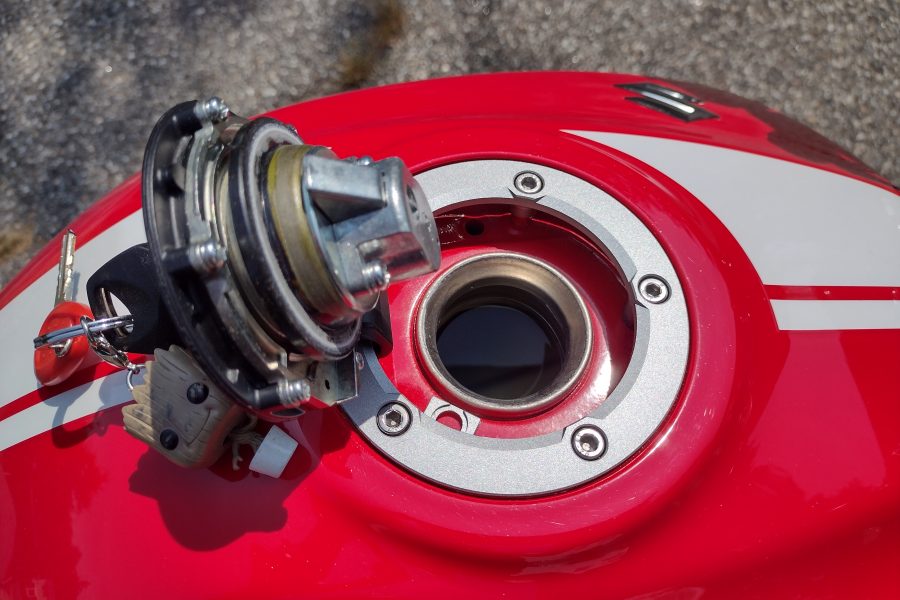Since the dawn of motorcycles, with only a few oddball outliers, they have used internal combustion engines. The recent switch to electric motors means manufacturers might toss decades, and in some cases, over a century of internal combustion research and development right out the window.
The EU Decarbonization Plan
The EU signed a pledge that its transport fleet should be “climate neutral” by 2050. That meant agreeing to reduce greenhouse-gas producing transport in the region by 90 percent. It does not currently mean that every vehicle on every the road in the EU must be electric by 2050. While there are currently plans to ban ICE engines, there is still time left to work out exactly what will happenbefore ICE vehicles are outlawed.
We Still Love Them
There are a lot of people still buying internal-combustion motorcycles. We will continue to buy them while they are less expensive and have better range than their electric counterparts. Therefore there’s just no way ICE vehicles will be off the road by 2050.
The eFuel Alliance
Enter efuels. The European Association of Motorcycle Manufacturers (ACEM, or “Association des Constructeurs Européens de Motocycles”) partnered with the eFuel Alliance, so both can research ways to keep ICE vehicles around well into the current century. In theory, existing ICE motorcycles can run on efuels, which both makes our bikes carbon-neutral and keeps them out of landfills. If it works, it’s a win-win.
Here’s an explanation of efuels from theeFuel Alliance:
eFuel production is based on the extraction of hydrogen. This happens by means of an electrolysis process that breaks down water (e.g. seawater from desalination plants) into its components of hydrogen and oxygen. For this process and further production steps, electricity is required.
In a second process step, with the aid of e.g. Fischer-Tropsch synthesis, the hydrogen is combined with CO2 extracted from the air and converted into a liquid energy carrier: eFuel. Under high pressure using a catalyst, the hydrogen binds with the CO2. Because electricity is used for the production of eFuels, the procedure is known as a power-to-liquid process: electricity is converted into a synthetic liquid that is easy to store and simple to transport.
How We Might Use eFuels
The key to efuels is that they must react, and combust, similarly to gasoline. That presents a very clear target for the synthesized fuels. And if efuel becomes available to the current fleet of ICE vehicles on the road, that means we can keep our current motorcycles. We won’t have to retrofit an electric motor into them (if that’s ever even possible). And efuels, as liquid, can be distributed through the current supply network.
If you have questions or would like to watch the open online event, it’s happening on 28 September 2022. For yet more information, here are some links for your further edification:







